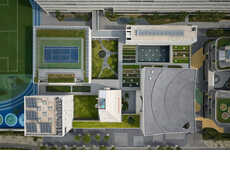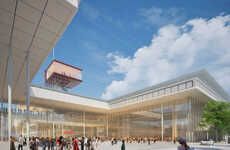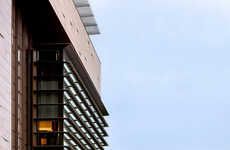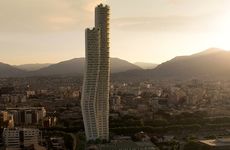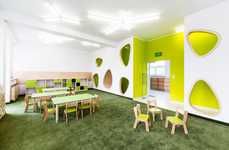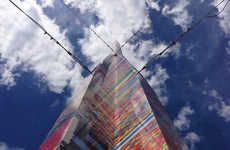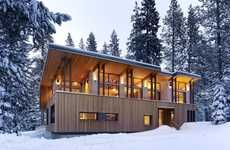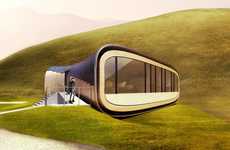
Houston Ballet Center is Designed for Interaction and Socializing
Christopher DeLuca — August 9, 2011 — Art & Design
The Houston Ballet Center for Dance, designed by Gensler, was conceived with the mandate of fostering interaction between students, staff, and administration. Gensler designed the center with an array of different spaces where the different groups could interact.
The exterior of the Houston Ballet Center for Dance is a play of texture and materials. A glass facade dominates the side of the building that’s adjacent to the nearby highway. Each of the studio spaces within the Houston Ballet Center Dance was designed to receive exposure to natural light.
The Center’s artistic director states that: “The building will be an icon for the art of dance nationally and internationally.” The Ballet Center is truly an innovative and remarkable culture nod in Houston.
The exterior of the Houston Ballet Center for Dance is a play of texture and materials. A glass facade dominates the side of the building that’s adjacent to the nearby highway. Each of the studio spaces within the Houston Ballet Center Dance was designed to receive exposure to natural light.
The Center’s artistic director states that: “The building will be an icon for the art of dance nationally and internationally.” The Ballet Center is truly an innovative and remarkable culture nod in Houston.
Trend Themes
1. Interactive Design - The concept of interactive space design could be applied to other industries such as retail, healthcare, and education, providing opportunities for creating engaging and interactive environments that encourage socializing and interaction.
2. Natural Light Integration - The integration of natural light into architectural design can also be applied to other industries such as office space, residential buildings, and hospitals, creating a more inviting and healthy environment.
3. Cultural Icon Design - Designing a building as a cultural icon could be applied to other cultural institutions or landmarks in different industries such as entertainment, tourism, and art, creating a significant and memorable place for people to visit or experience.
Industry Implications
1. Education - Interactive design can be applied to schools and universities, providing opportunities for students to learn and engage with each other and their environment.
2. Art - Designing cultural icons can be applied to museums, galleries, and other art institutions, creating a significant landmark for people to visit and experience art.
3. Architecture - The integration of natural light into architectural design can be applied to all architectural practices, creating a more sustainable, healthy, and inviting environment for people to inhabit.
2.8
Score
Popularity
Activity
Freshness



